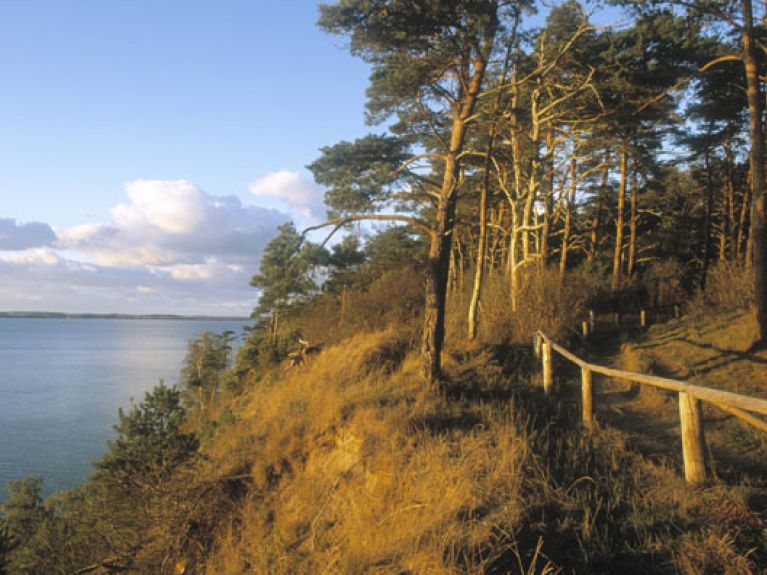Woodland of the Year
Usedom Coastal Forest offers ideal living conditions for plants and animals and attracts numerous tourists.

One tree doesn’t make a forest. Ninety billion trees, however, do. This is the number of trees in Germany according to the third National Forest Inventory dating from 2011-2. With a total of 11.4 million hectares of forest, Germany is among the most densely wooded countries in the European Union. The forest not only provides habitats for plants and animals and a source of recreation for people, but also constitutes a valuable source of raw materials and a major climate protection measure. Protecting and preserving it is a top priority for environmentalists and conservationists.
Sea eagles and orchids
It is also a top priority for the Association of German Foresters (BDF). Indeed, it has been designating a “Woodland of the Year” for five years now. In 2016, the distinction is held by Usedom Coastal Forest, which is some 5,000 hectares in size, in northeast Germany on the island of Usedom. Numerous species of tree grow on the fertile soil made up of chalk, lime and sand layers: pines, copper beeches and alders, as well as oaks, rowans and sycamores. Wetlands, clusters of old trees, forest glades and small bodies of water provide ideal living conditions for sea eagles, cranes and otters as well as sundew and various orchid species. One third of the coastal forest is therefore protected under nature conservation laws.
Every year numerous tourists make use of the walking and nature trails and educational forest trails on discovery tours through the forest. The large high-wire adventure park near the Neu Pudagla Forestry Office offers those with a head for heights a totally different perspective on the green oasis. Camper vans are also welcome on the six campsites. “Today Usedom Coastal Forest is more valuable than ever for the island, its inhabitants and its tourists and with its diversity of uses and habitats is also representative of the other forests on the Baltic coast”, says Sven Blomeyer, Head of Mecklenburg-Western Pomerania State Forestry Agency.
International Day of Forests on 21 March 2016

